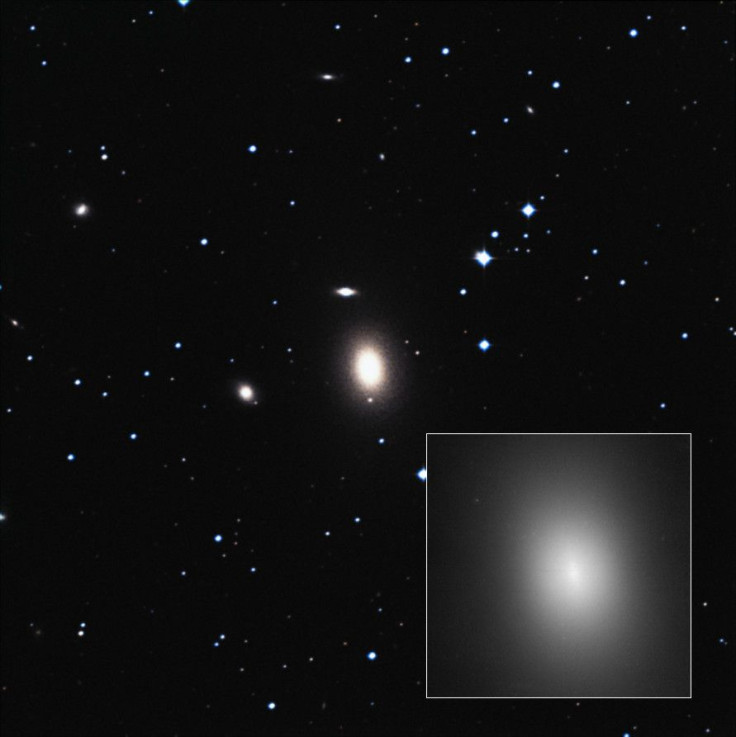A Supermassive Black Hole With A Mass Of 17 Billion Suns Found Hiding In A Lonely Galaxy

Lurking at the heart of the relatively mundane elliptical galaxy NGC 1600 is a monster of a black hole with a mass 17 billion times that of the sun. Observations were made with the Hubble Space Telescope to discover the supermassive black hole at the center of the galaxy. The black hole came as a shock to researchers as objects of that size have only been found in the largest galaxies of the universe.
Our own Milky Way galaxy is host to a supermassive black hole, Sagittarius A*, but it's paltry mass of 4 million suns is nothing compared to NGC 1600's supermassive black hole. NGC 1600 is an elliptical galaxy residing in a relatively small group of 20 galaxies. Previous measurements using the Hubble Space Telescope revealed a connection between the mass of the central bulge of stars with the mass of a black hole.
Based on the calculations from researchers from the Max Planck Institute for Extraterrestrial Physics and the University of California, Berkeley, the black hole at the center of NGC 1600 was supposed to have a mass 1.7 billion times that of the sun. "We were surprised that the black hole in NGC 1600 is ten times more massive than predicted by the mass of the galaxy," said lead author Jens Thomas, from the Max Planck-Institute, in a statement.
Due its size and the galaxy's relative isolation, the researchers believe the supermassive black hole grew over a series of galactic mergers. The black hole may have merged with another supermassive black hole from a different galaxy. The supermassive black hole would remain active as it fed on stars and other material from other galaxies to reach its current size.
The researchers discovered the dormant supermassive black hole from its path of destruction. Stars approximately 3,000 light-years from the galactic were behaving as if there were more stars than present, which may indicate stars were ejected from the center of NGC 1600 by the merger of two supermassive black holes.
With the discovery, researchers are speculating if there are other incredibly large supermassive black holes in average galaxies groups. "We estimate that these smaller groups are about fifty times more abundant than large, dense galaxy clusters... Maybe there are a lot more monster black holes out there," said astronomer Chung-Pei Ma, from UC Berkeley. The research was published in the journal Nature.
© Copyright IBTimes 2024. All rights reserved.






















